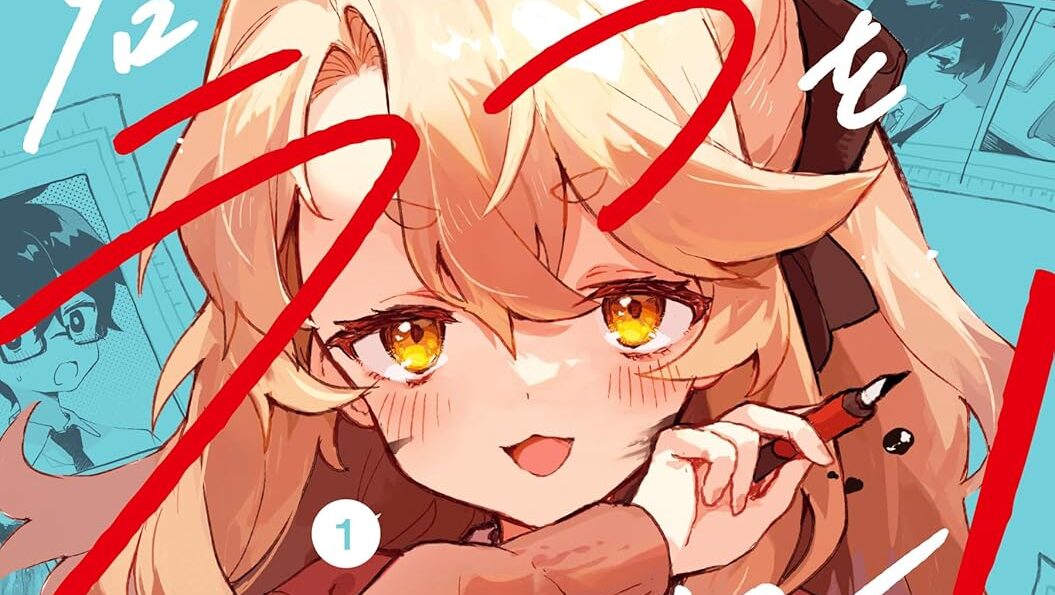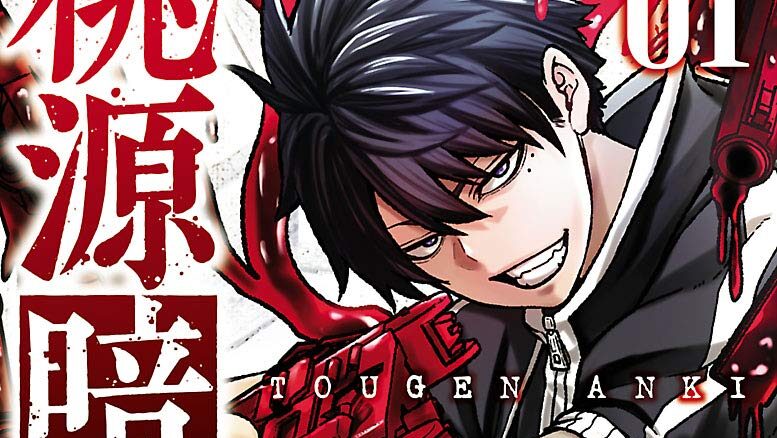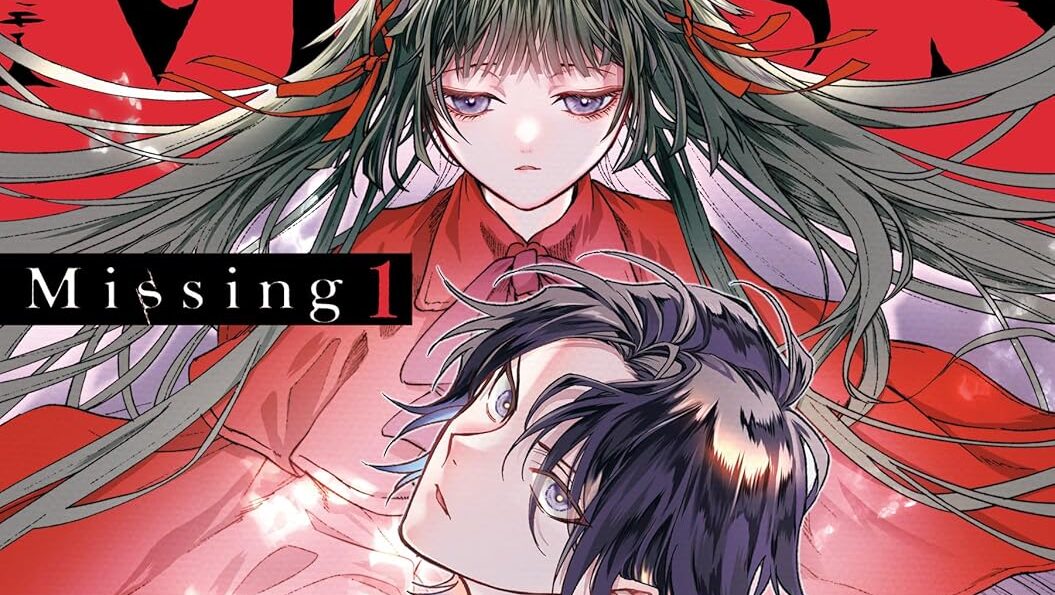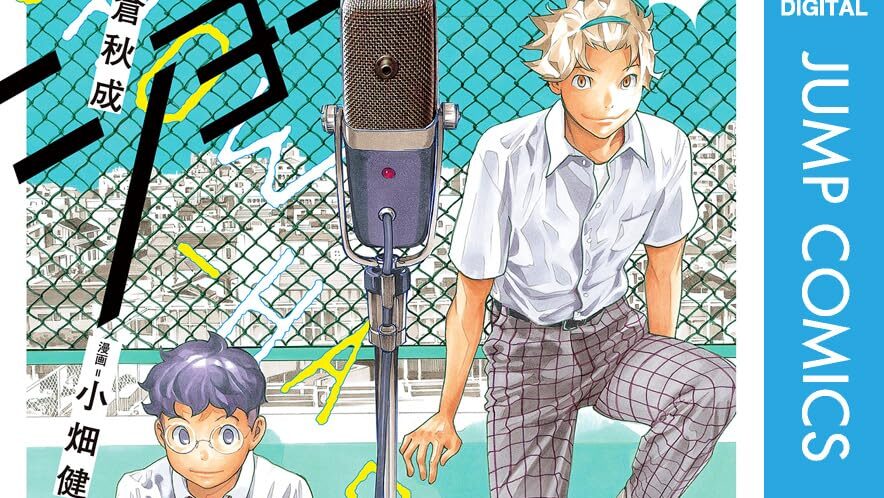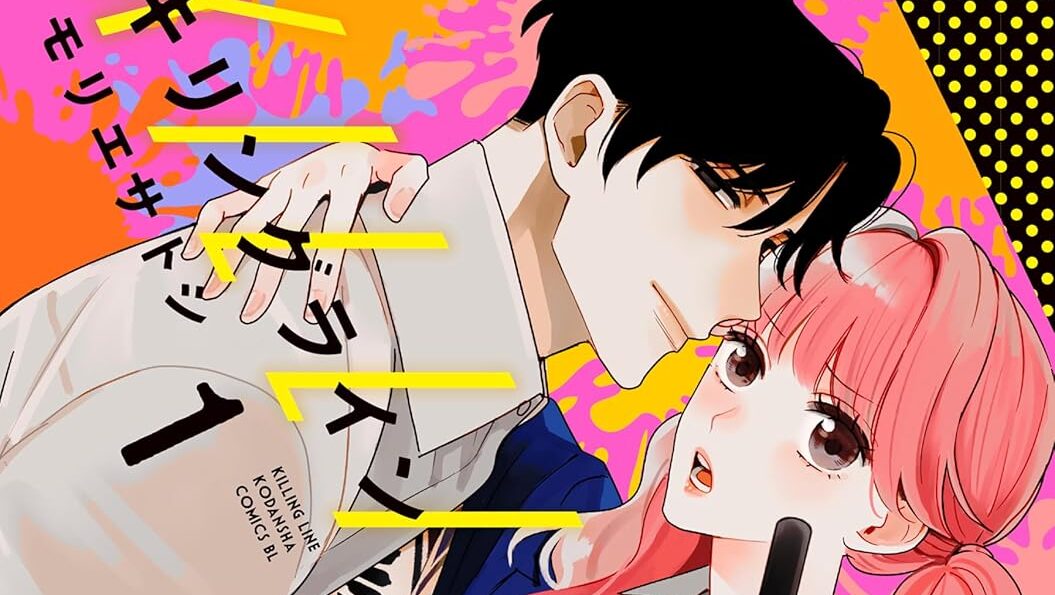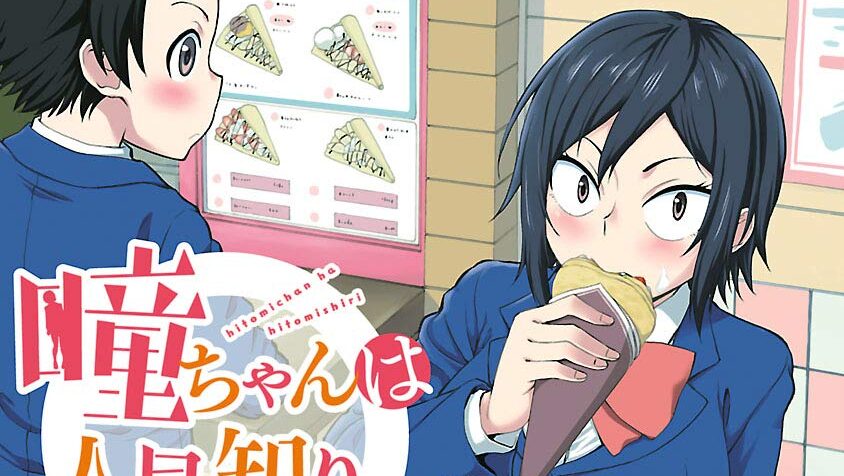“As long as I don’t forget, they will never leave me. That is how it works.”
Today’s “Looking Back On” focuses on a 2014 Sunday series that was perhaps all-too-quickly dismissed as just another romantic comedy with a gimmick, but was actually a deceptively deep take on the themes of nostalgia, escapism and the inexorable passage of time: Dagashi Kashi, Kotoyama’s (Yofukashi no Uta) first serialized manga.
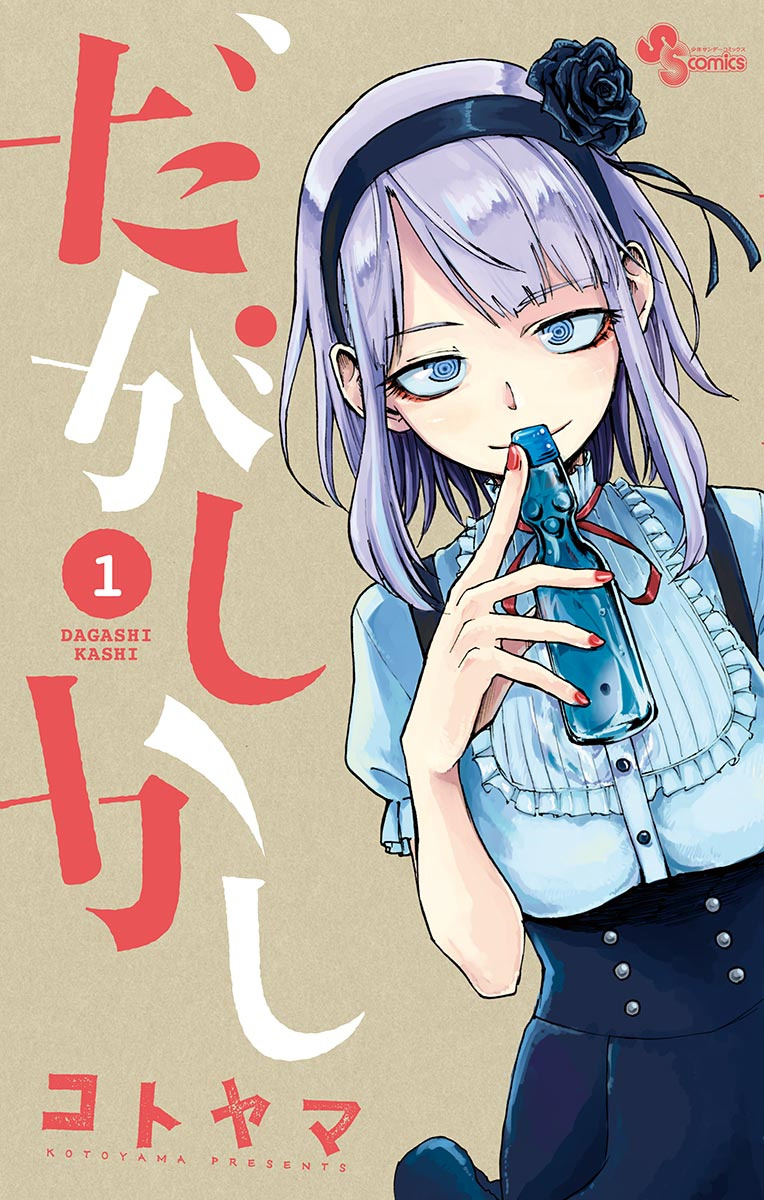
The series ran on Shogakukan‘s Weekly Shounen Sunday from June 25, 2014, to April 11, 2018, and eventually collected into eleven tankoubon volumes. It received an animated adaptation broken up into two seasons: the first one was produced by Feel (Jinki: Extend, Yosuga no Sora, Oshiete! Galko-chan) and directed by Takayanagi Shigehito (Kanamemo, The World God Only Knows, Tokyo ESP), while the second one was produced by Tezuka Productions and directed by Kuwabara Satoshi (The Quintessential Quintuplets). It also received a light novel adaptation, titled Dagashi Kashi: Mou Hitotsu no Natsu Yasumi, written and illustrated by Aisora Manta and published in a single volume by Shogakukan on December 18, 2015 under their Gagaga Bunko imprint.

The word dagashi (lit. “cheap confectionery”) refers to a whole category of snacks, sweet or otherwise, that became popular in their modern form after World War II in Japan. Their defining characteristic is the small price range (rarely above 100 yen, which is $0.66 or 0.63 EUR at the current exchange), as they are typically marketed to children with small allowances. They are also often associated with mascots, or child-oriented gimmicks such as prize stickers. Particularly in the 20th century, they were sold in dedicated corner shops (or dagashi-ya) which also shelved things such as stationery or even toys, and were a typical afterschool hangout spot for children. They were gradually supplanted by konbini in terms of items offered, but the nostalgia factor and a dedicated following kept them from being phased out completely.

And it’s out of one of such shops, in a sleepy rural town by the seaside, that the Shikada family lives, particularly 15-year old only son Kokonotsu. His divorced father, You, wants him to take over the shop, but he would rather he just hire a part-timer and leave him free to pursue his dream of being a mangaka (though he keeps that a secret from most people he knows). More often than not, You sneaks out of the shop and leaves him alone to sit at the counter.

On a summer afternoon, someone enters his life like a storm: Shidare Hotaru, the attractive, if eccentric, heir of a national-level confectionery company. A passionate dagashi otaku with deep knowledge of the subject, she comes to the Shikada shop to scout You for her father’s company: however, You refuses to accept the offer until he’s sure Kokonotsu will take over the shop. In other words, the number of people trying to steer poor Kokonotsu’s future just doubled… though it would be a lie to say he’s against a gorgeous girl around his age regularly visiting his family’s shop.
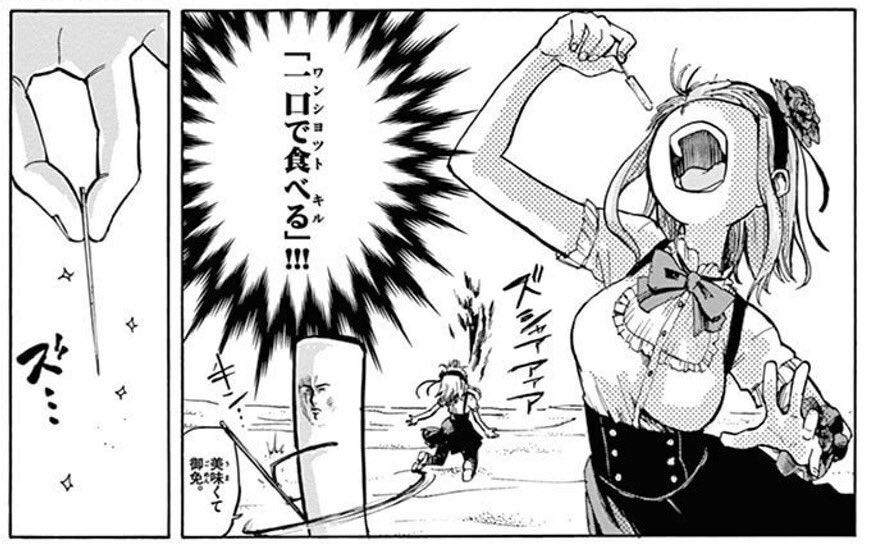
Thus, the series continues with Hotaru hanging around the shop, trying to stoke Kokonotsu’s passion for dagashi (which he does share, deep down) and entice him to the idea of working with them full-time. For most of the time (while not exclusively so), the series follows a formula of dedicating each chapter to a specific dagashi and delving into its history and merits, often peppered by Hotaru’s vivid imagination and unique thought patterns. While her zany antics (and occasional spicy situations caused by a certain naiveté about her own body) often steal the show, the rest of the cast is by no means accessory to it: from You to Kokonotsu’s childhood friends, the Endou siblings from the nearby coffee shop, to other characters, they often join the conversation and play off of each other in what is definitely one of Kotoyama’s stronger suits.
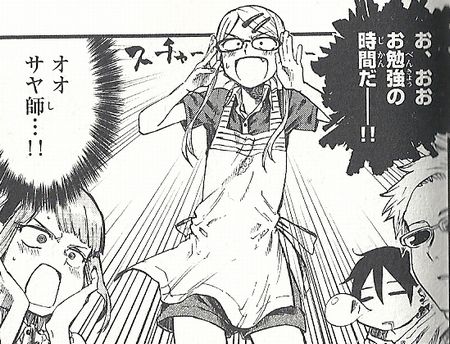
But what is on its surface an entertaining dalliance about people sharing in a niche interest, is actually underpinned by a tension that no doubt a lot of people have experienced in their youth. Kokonotsu is definitely passionate about dagashi, but that passion is soured by his father’s interference. However, would he actually choose to work with them if it weren’t for that, or would he rather have them as a hobby? Wouldn’t someone like Hotaru, whose own passion intimidates him sometimes, be more suited for that career? Does he truly want to become a mangaka, or is it just a path he took to spite his nagging father?
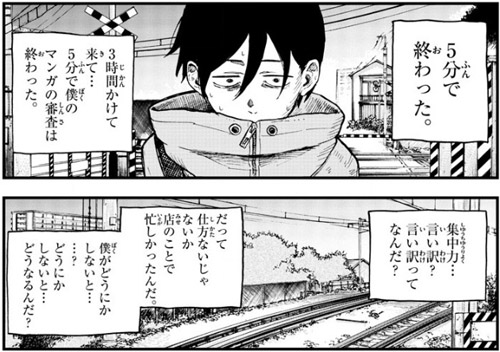
And it’s these contrasting thoughts that often scare him into inaction, content to bask in this new life spiced up by the presence of an attractive girl, without thinking about his future. And in a sense, that uneasy suspension mirrors the feelings of all people involved in a dying industry like dagashi. But, whether he (or anyone) likes it or not, the future comes in uninvited, sometimes like a storm. Just like Hotaru.
As the story sometimes reminds us, change is not necessarily equivalent to loss. One can still find happiness in life, as long they can accept whatever shape it takes. And even if something is truly lost, the memory can be enough to keep it alive.

“[…] The female characters in Dagashi Kashi are something that often leaves Kokonotsu puzzled. When you’re a student his age, the opposite gender can feel like an enigma. And I think that’s how it is in general: things are fascinating because they’re different.”
– Kotoyama, volume 11 afterword

